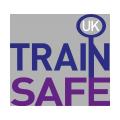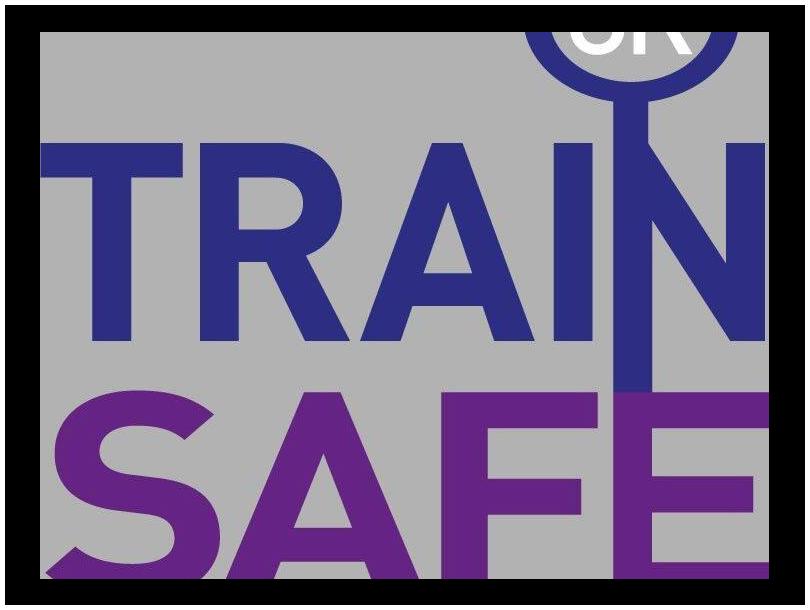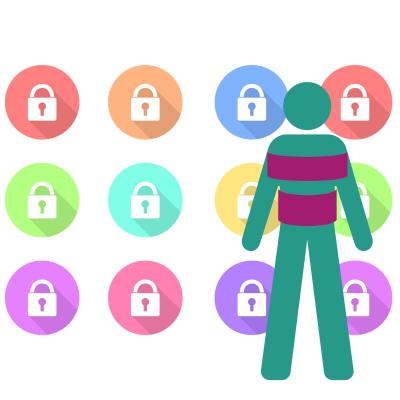Level 3 Award in Paediatric First Aid

Trainsafe UK

Key Qualification Facts
As a Training Organisation, This course leads to certification in the Highfield Qualifications Level 3 Award in Paediatric First Aid.
Qualification number: 603/0906/4
Learning aim reference: 60309064
Credit value: 2
Assessment method: Practical demonstration and written questions
Contact hours: 12
Guided learning hours (GLH): 12
Total qualification time (TQT): 16
Entry Requirements
In order to complete this qualification, learners are required to:
- Be a minimum of 16 years of age.
There are no prerequisites for this qualification, although it is recommended that learners have a minimum of Level 1 in literacy/English or equivalent.
Learners must be physically fit to complete this qualification. Tasks will involve completing CPR (chest compressions), recovery position and performing tasks on the floor.
Delivery Options
This Qualification is available as a Classroom version.
How do I book onto the Course?
You can book your place online or contact us on 07935 095 390
You can also email us at trainsafeuk@gmail.com
Course Cost
Discounts are available for multiple and group bookings.
Learning Outcomes
Unit 1: Emergency Paediatric First Aid
Unit number: M/615/3891
Credit: 1
GLH: 6
Level: 3
1. Understand the role and responsibilities of the paediatric first aider
1.1 Explain the role and responsibilities of a paediatric first aider
1.2 Explain how to minimise the risk of infection to self and others
1.3 Identify when to use personal protection equipment when providing first aid
1.4 Identify contents of a paediatric first aid kit
1.5 Identify the need to complete an accident report/incident record
1.6 Define an infant and a child for the purposes of first aid treatment
Be able to assess an emergency situation safely
2.1 Conduct a scene survey
2.2 Conduct a primary survey on an infant and a child
2.3 Identify when to call for help
Be able to provide first aid for an infant and a child who is unresponsive and breathing normally
3.1 Place an infant and a child in the recovery position
3.2 Continually monitor an infant and a child whilst they are in the recovery position
3.3 Assist an infant and a child who is experiencing a seizure
Be able to provide first aid for an infant and a child who is unresponsive and not breathing normally
4.1 Identify when to administer Cardio Pulmonary Resuscitation(CPR) to an unresponsive infant and an unresponsive child who is not breathing normally
4.2 Administer CPR using an infant and a child manikin
Be able to provide first aid for an infant and a child who is choking
5.1 Identify when choking is:
• mild
• severe
5.2 Administer first aid to an infant and a child who is choking
Be able to provide first aid to an infant and a child with external bleeding
6.1 Explain the types and severity of bleeding in infants and children
6.2 Control external bleeding
Be able to provide first aid to an infant and a child who is suffering from shock
7.1 Recognise an infant or a child who is suffering from hypovolemic shock
7.2 Administer first aid to an infant or child who is suffering from hypovolemic shock
Understand how to administer first aid to an infant and a child with bites, stings and minor injuries
8.1 Explain how to administer first aid for:
• Bites
• Stings
• Small cuts
• Grazes
• Bumps and bruises
• Small splinters
• Nose bleeds.
Unit 2: Managing paediatric illness, injuries and emergencies
Unit number: T/615/3892
Credit: 1
GLH: 6
Level: 3
1. Be able to administer first aid to an infant and a child with a suspected fracture
1.1 Describe types of fractures
1.2 Recognise suspected fractures
1.3 Administer first aid for suspected fractures
2. Be able to administer first aid to an infant and a child with head, neck or back injury
2.1 Describe how to recognise suspected:
• Head injury
• Neck or back injury
2.2 Administer first aid for suspected:
• Head injury
• Neck or back injury
3. Understand how to administer first aid to an infant and a child with conditions affecting the eyes, ears and nose
3.1 Explain how to administer first aid for an infant or child with a foreign body in the:
• Eye
• Ear
• Nose
3.2 Explain how to administer first aid for an infant or child with an eye injury
4. Understand how to administer emergency first aid to an infant and a child with an acute medical condition or sudden illness
4.1 Describe how to recognise:
• Diabetic emergencies
• Asthma attack
• Allergic reaction
• Meningitis
• Febrile convulsions
4.2 Explain how to administer first aid for an infant or child who is suffering from:
• Diabetic emergency
• Asthma attack
• Allergic reaction
• Meningitis
• Febrile convulsions
5. Understand how to administer first aid to an infant and a child who is experiencing the effects of extreme heat and cold
5.1 Describe how to recognise the effects of:
• extreme cold
• extreme heat
5.2 Explain how to administer first aid for an infant or child who is suffering from the effects of:
• extreme cold
• extreme heat
6. Understand how to administer first aid to an infant and a child who has sustained an electric shock
6.1 Explain how to safely manage an incident involving electricity
6.2 Describe how to administer first aid for electric shock incidents
7. Understand how to administer first aid to an infant and a child with burns or scalds
7.1 Describe how to recognise the severity of
• burns
• scalds
7.2 Explain how to administer first aid for:
• burns
• scalds
8. Understand how to administer first aid to an infant and a child who has been poisoned
8.1 Identify how poisonous substances can enter the body
8.2 Explain how to administer first aid for sudden poisoning
9. Understand how to provide first aid to an infant or child with anaphylaxis
9.1 List common triggers for anaphylaxis
9.2 Describe how to recognise anaphylaxis in an infant and a child
9.3 Explain how to administer first aid for an infant and a child with anaphylaxis
- Carers
- Children and families
- Community development
- Education/training
- Health and wellbeing
- Men
- Volunteer development
- Women
- Young people


